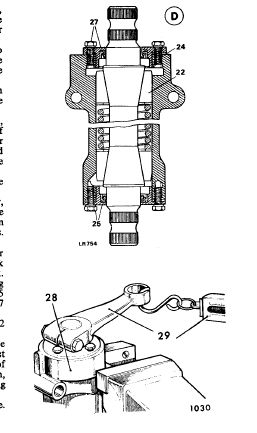scottonthefen
Well-Known Member
- Posts
- 532
- Location
- England
Having put new gaskets and seals on my steering relay (1969 2A), and not getting any oil out with the bottom plate removed, I've been out today to fill it up.
I removed the upper lever and two of the top plate bolts. I got a few squirts of oil in before it sat level and wouldn't sink in. I removed a third bolt but still couldn't get any more oil in. I blew the three holes out with my air line and tried again, but again did not get far.
I assume I need to remove the whole unit now and give it a refurb. It's got to be full of dirt and old oil? Maybe even rust.. when I came to work on it one of the bolts was missing so over the years (it was SORN'd 8 years before I got it) the weather will have done its bit.
Unless.. someone here has a good trick for getting oil into it?
I removed the upper lever and two of the top plate bolts. I got a few squirts of oil in before it sat level and wouldn't sink in. I removed a third bolt but still couldn't get any more oil in. I blew the three holes out with my air line and tried again, but again did not get far.
I assume I need to remove the whole unit now and give it a refurb. It's got to be full of dirt and old oil? Maybe even rust.. when I came to work on it one of the bolts was missing so over the years (it was SORN'd 8 years before I got it) the weather will have done its bit.
Unless.. someone here has a good trick for getting oil into it?


